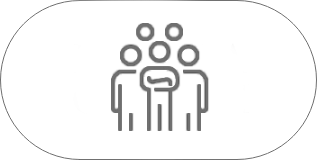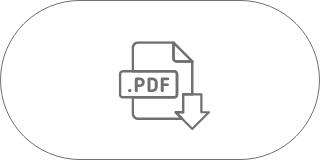
It happened to everyone to read in specialized magazines or on the description of hotel rooms French bed. But what is a French double bed? It’s nothing more than a smaller double bed. It is therefore an optimal solution for small bedrooms but can also be used instead of a double bed to sleep more comfortably. Let’s see together what the main features of this type of bed are.
The size of the French double bed

The French double bed, also known as the Antico Napoletano bed, has French origins, as its name suggests. In France it is called “grand lit” and replaces what we consider the double bed. In fact, the size of the French bed is smaller in width, while its length remains unchanged. In fact, the width of the French bed is 140 cm against the 160 cm or 180 cm of the standard double bed in Italy. The length remains unchanged and can therefore vary from 190 to 200 cm.
It is therefore a double bed reduced in size. The measures described above naturally refer to the bed base and mattress that the bed hosts, but considering also the structure of the bed the final dimensions may slightly increase. It depends of course on the type of bed. There is the classic French double bed, where the cutest lines ensure that the size of the structure is slightly wider. The modern versions of a French bed have simpler lines and are therefore usually slightly larger than those of the bed base and mattress.
If you want to know all the sizes of the beds in French Scandola Mobili you can request the pdf by clicking on the link below:
When to choose the French double bed
The French bed has a good diffusion in some European countries, such as France, Switzerland and Germany, but also in Anglo-Saxon countries such as England, where it is called “queen bed” or in Ireland. In Italy the French bed is having a good distribution, helped by the fact that the houses are often small.

The main use of the French bed is in fact to be inserted in a double bedroom instead of the classic double bed 160 cm when the size of the room is reduced. In this way, they gain 20 cm facilitating the movement around the bed and not decreasing too much comfort.
The French bed is however also chosen in other circumstances, especially for its aesthetic appearance. In fact, it is often inserted even in rooms of generous size because it does not weigh down the environment thanks to its small size. It is also in some cases used instead of a double bed for those who like to sleep in a comfortable way. It can also be a solution adopted by parents who remake the bedroom of their children in adolescence, thus giving them a solution that can last for several years. Finally, the French bed is used a lot in the hospitality industry, as in hotels and bed and breakfast.

French bed with storage unit
When the choice falls on the French bed for lack of space it is useful to consider the possibility of buying the bed with container. On the market there are several models of French beds with storage unit all sharing a feature: a large storage compartment placed under the mattress usable thanks to a mechanism that allows the lifting of the bed base. Bed linen, blankets and duvets can be stored under the mattress. A really useful compartment that allows you to gain a lot of space inside the closet.
The retractable French bed and the French sofa bed
The French bed is often also used in the retractable version. Especially in the mini-apartments is a real space-saving solution. In fact, during the day it is closed and leaves room for the living area and only during the night it is opened. It can also be a solution to be used as an extra bed for guests, which is then used only when needed. In fact, once closed it occupies the same space as a piece of furniture.
The French bed can be hidden inside a sofa bed. The two-seater sofa beds often house a 140×190 mattress, exactly the size of the French bed. Also this can be an ideal solution to welcome friends and relatives if you do not have a real guest room.
Prices for French beds
The prices of the French beds vary from model to model and from material of construction as well as cha for other variables. It is therefore difficult to give an approximated idea, but you can contact an our reseller to get a first price idea base on your favourite model.
The style and materials of the French double bed
The choice of the French double bed must be made according to the style that you decide to give to the bedroom. There are indeed many solutions. There are the classic upholstered beds that certainly have advantages in terms of aesthetics and softness. A variant of the classic upholstered beds are the sommier beds, that is beds that have only the bed frame without the headboard. They are undoubtedly convenient for those who have very little space because this saves the headboard space. The French beds in wrought iron are also very popular now, a material reminiscent of the old beds that takes inspiration from traditional lines.

Finally the French wooden beds are an evergreen. Wood is a versatile material that is suitable both for those who want a classic bed and for those who want a modern bed and remains current with the passage of time. The important thing is to choose the essence and finish correctly. Scandola Mobili offers classic double beds in real solid wood, such as the Erika bed or the Rondine bed; country-style French beds such as the Tabià bed and contemporary French double beds such as the Barrique, Plana or Fada bed. The finishes available are many, in fact you can choose from more than 40 different colours.
The French bed naturally needs suitable linen, so you must buy sheets and blankets of the correct size. Since lately it is a type of bed with good diffusion it is easy to find in specialized stores the linen suitable for this type of bed.
In conclusion, the French bed is a smaller double bed that can solve a small space problem but can also turn out to be a comfortable bed for one person!








